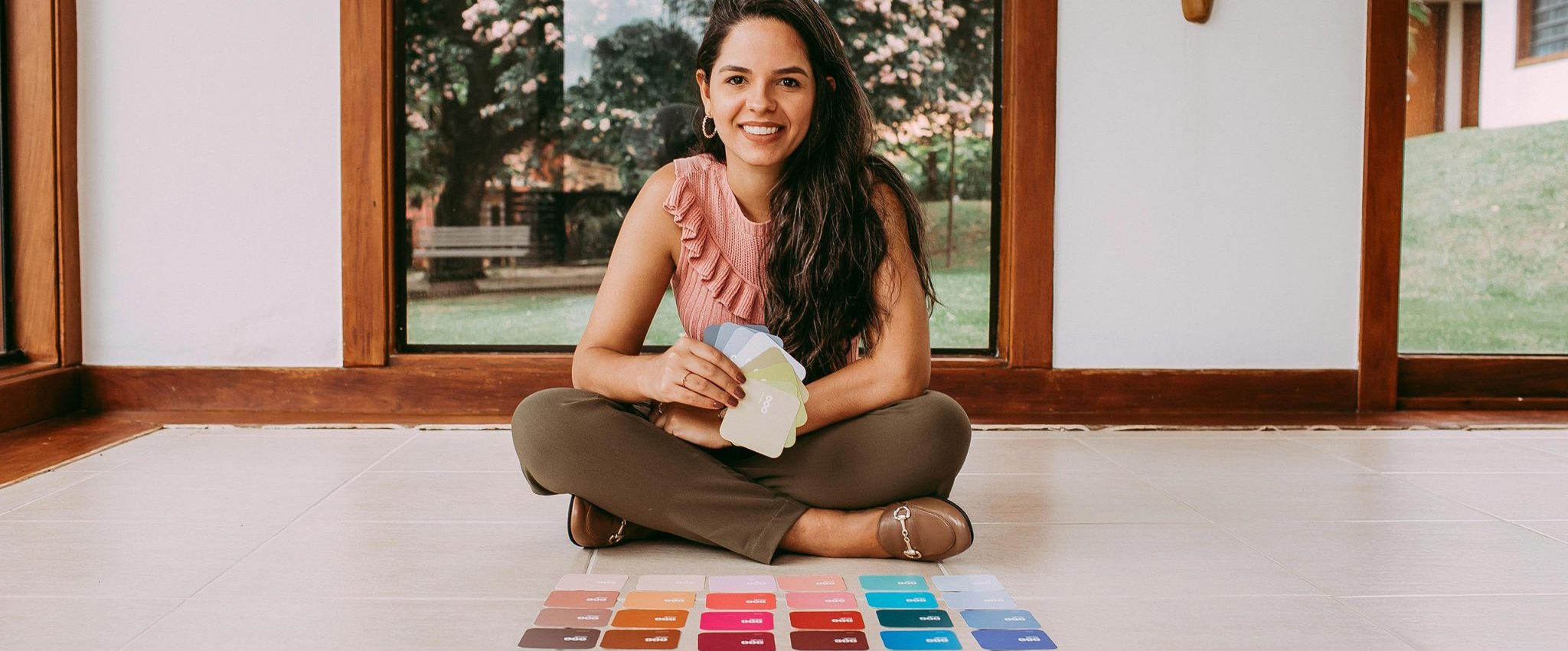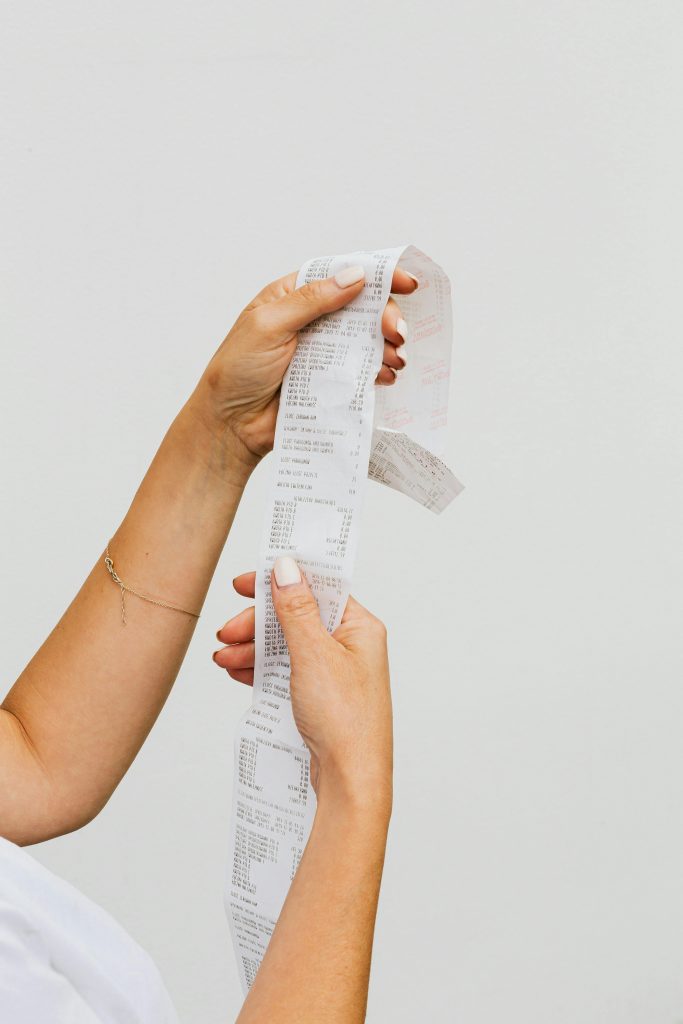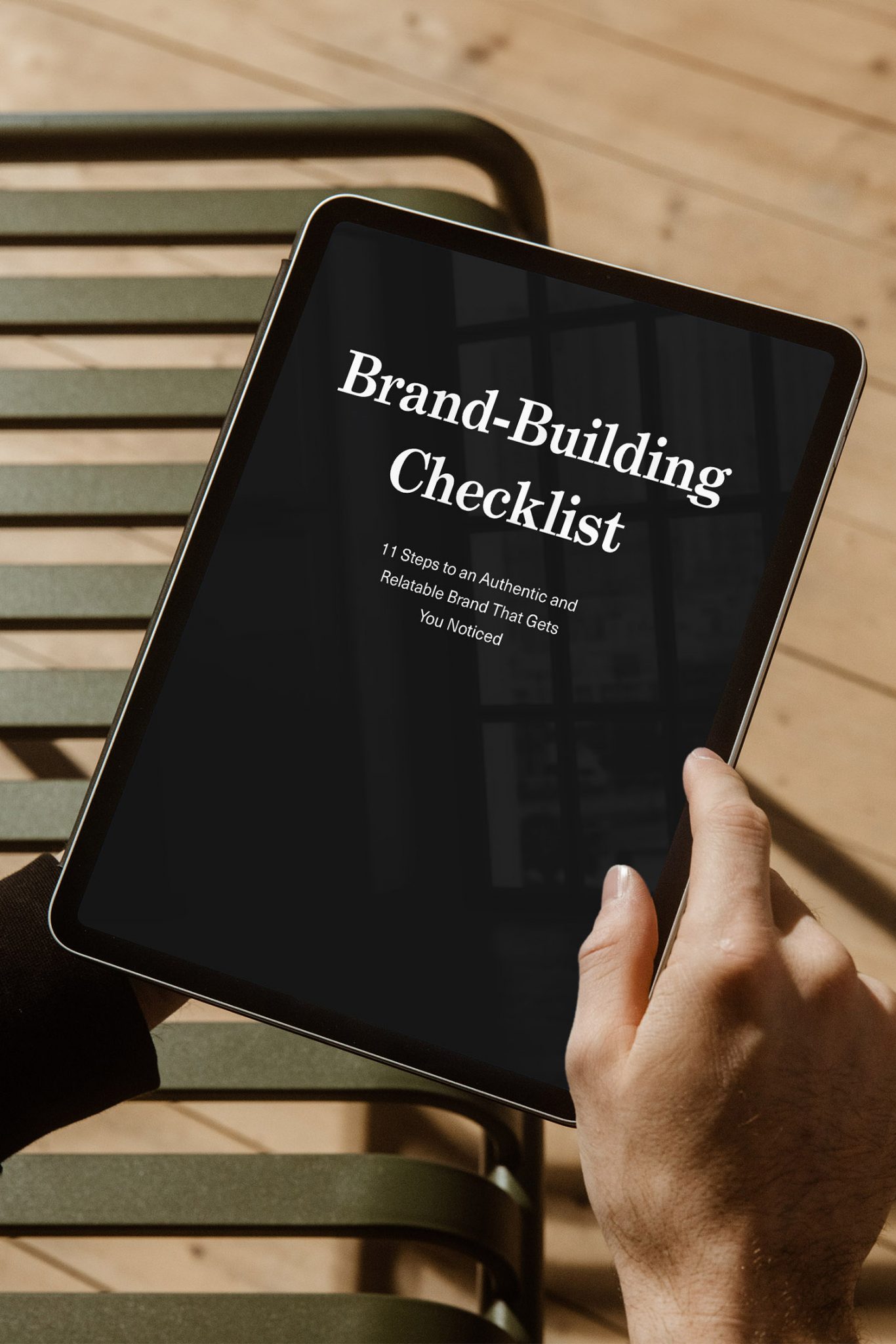How many colours should a brand have? Well, there is no one-size-fits-all answer to this question. The optimal number of brand colours should be based on emotional and functional considerations, such as your brand’s industry, its online and offline presence, whether it has sub-brands, what emotions you want to evoke and more.
Nonetheless, here is a brief overview of how many colours a brand needs, which colours are essential and ten real-world examples of successful brand colour palettes.
A Brand Needs at Least Three Colours
- One primary brand colour: This is crucial for the recognition of your brand.
- Two secondary colours: This includes a neutral light colour suitable for backgrounds and a neutral dark colour for text.
However, if you’re planning to create a brand website, you may need a fourth colour:
- An accent colour to draw the user’s attention can be used for buttons and other clickable elements on your website.
But rules are made to be broken. It’s a fine line: too few colours can limit your creative options, while too many can lead to clutter and overload.
With a clear and simple offer, you can probably get away with fewer colours than with a more complex offer. This is because colours can help structure and differentiate your sub-brands, products and services and make it easier for your audience to understand and recognise them.
Let’s take a closer look at the different types of brand colours.
Primary Colours
Your primary brand colour(s)—usually one or two—are the leading colours that make your brand recognisable. They are likely used in your logo and other key brand elements.Secondary, Tertiary, and Neutral Colours
Choose two to four secondary colours to complement your primary colours and bring balance and versatility to your palette.
Your secondary colours should also serve specific functions, such as being used in accents, backgrounds, text, or for drawing attention where needed.
Tertiary colours are additional hues for complex designs, such as infographics, where more colours are necessary.
Remember that you will also need neutral colours—dark and light tones for your backgrounds and text—to balance your designs.
Tip: Ditch the harsh black and white.
The contrast of pure black and pure white is quite strong and can strain the eyes. Add a slight variation to your neutral colours to soften them and make your design more striking.
Colour shades
Consider specifying multiple shades of your chosen colours to increase your flexibility and the contrast between the colours. This will make applying the colours to your digital applications, such as your website, easier.
A useful tool for this is Eva Colours, which was developed to create web design systems.
Want to learn more about colours? Skillshare has some fantastic courses on the topic. Below you can get a free month of Skillshare Premium. Just click on the image to get started.
The More Colours, the Better, Right?
Wrong. Sure, too few colours can limit the design options and make the brand look dull, but it’s about quality rather than quantity.
More colours are not automatically better. You have to “educate” your audience with your colours and colour combinations to turn them into distinctive and memorable brand assets. Hence, too many colours can increase your marketing budget.
Besides, more than 2 or 3 primary colours can dilute the appearance of your brand and make it seem less coherent.
By limiting your colour palette, you can maintain consistency across all brand touchpoints, which will lead to better recognition and more trust in the long run.
10 Brand Colour Palette Examples of Successful Brands
To give you some real-world examples, I have put together 10 original brand colour palettes.
1. Hulu (3 Colours)
Hulu, the streaming platform, keeps it simple and defines three colours in its colour guidelines:
- Primary colour: Hulu Green
- Secondary colours: Rich Black and a Dynamic Gradient (technically two colours and a transparency)
When you take a closer look at the Hulu website, you will notice that the brand also uses light grey in the footer area and white for backgrounds.
2. New Balance (3 Brand Colours)
Like Hula, New Balance specifies three colours in its brand guidelines (source: Branding Style Guides).
- Primary colour: Red
- Secondary colours: Black and White
But as with Hulu, I noticed New Balance also uses some grey tones.
3. Instagram (5 Brand Colours)
Instagram does it a little differently.
The company specifies five colours to be used in its famous colour gradient. If you look at the colours individually, they are yellow, orange, pink, magenta and purple.
The brand also combines its colour gradient with black and white.

4. Ogilvy (8 Brand Colours)
Advertising agency Ogilvy is more meticulous in defining its brand colours. The brand guidelines appoint eight colours (source: Branding Style Guides).
- Primary colour: Red
- Secondary colours: Blue, Pink and Lemon
- Neutral colours: Black, White and Grey tones
5. Uber (9 Brand Colours)
Uber uses nine brand colours defined in its brand guidelines (source: Branding Style Guides).
- Primary colours: Black and White
- Accent colour: Safety Blue
- Secondary colours: Green, Yellow, Orange, etc.
6. Fiat (11 Brand Colours)
Fiat specifies 11 brand colours in its guidelines but additionally uses a range of greys (source: Branding Style Guides).
- Primary colour: Red
- Secondary colours: Green, Blue, Black, Yellow, etc.
7. Skoda (15 Brand Colours)
Skoda sets 15 brand colours in its guidelines (source: Branding Style Guides).
- Primary colours: Emerald Green and Electric Green
- Secondary colours: Black, White and Grey tones
- Tertiary Colours: Red, Blue, Yellow, Teal and Orange
8. Zoom (17 Brand Colours)
Zoom appoints 17 brand colours in its colour guidelines.
- Primary colour: Boom (its iconic blue)
- Secondary colours: several Blue and Green tones (called Spearmint)
- Neutral colours: Beiges and White
9. Warner Brothers (26 Brand Colours)
Warner Brothers has quite comprehensive colour guidelines, specifying 26 colours in total:
- Primary colours: Space Blue, Blue and Indigo
- Secondary colours: Black, Sapphire, Cyan, Aquamarine, Forest Green, Green, Gold, etc.
- Neutral colours: Grey, Grey Blue, Dark Teal, etc.
10. IBM (102 Brand Colours)
IBM has particularly comprehensive brand colour guidelines, specifying more colours than I can count.- Primary colours: two different Blue tones
- Secondary colours: ten different colours, each divided into ten swatches ranging from light to dark (minus the primary colours)
- Neutral colours: three different grey tones, each with ten shades ranging from light to dark, plus pure black and white
As you can see, the number of colours is quite different for each brand. Ultimately, your colour choice needs to match your unique brand personality and complement your other brand assets, such as your fonts and voice.
Tips for Creating Your Colour Palette
Here are a few things to keep in mind when creating your colour palette:
- Establish a strong foundation first by defining your brand’s mission, values, target audience, and positioning.
- Find a balance that sets your brand apart while aligning with industry norms.
- Understand colour psychology and how colours can evoke different emotions.
- Be aware that colours are perceived differently across cultures.
- Consider the proportions of your selected colours; don’t use them all equally.
- Ensure that the colours work well across various platforms and mediums. This includes accessibility and contrast.
- Plan for growth and select colours that can adapt as your business expands.
- Create brand guidelines to ensure consistent colour usage.
By the way, Coolors is a great tool for colour inspiration and visualising how different palettes might work.
Do you like those tips? You can find a comprehensive article on creating your unique brand colour palette here.
Conclusion
As you see, there is no definitive answer to the question, “How many colours should a brand have?”
We’ve examined ten examples, ranging from brands with just three colours to those with over a hundred—all of which effectively serve their purposes.
In fact, these brands used an average of 10.8 colours (excluding IBM to avoid skewing the results).
The optimal number of colours varies depending on the brand’s individual characteristics and challenges, as well as factors such as industry, target audience, brand personality and competition.
A minimalist approach with few colours may be sufficient for some brands, while others may need more colours to identify different product lines, sub-brands or geographical variations.
Always consider the brand’s specific needs, goals and target groups. By aligning the colour palette with these factors, you can effectively communicate your brand identity, differentiate your brand in the marketplace and create a stronger connection with consumers.
You might also like my comprehensive collection of branding resources.
Title image by Helena Lopes
Disclaimer: This article contains an affiliate link; I earn a small commission if you make a purchase. However, I only recommend tools I trust.






